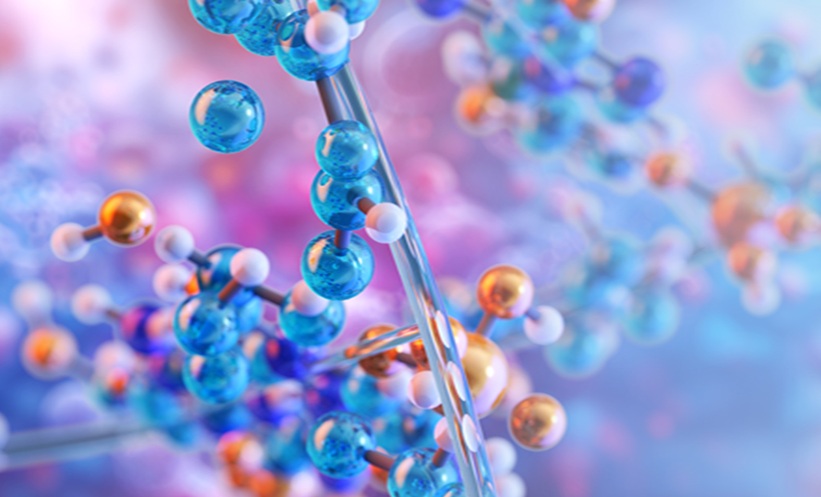METABOLIC dysfunction-associated steatotic liver disease (MASLD) is a highly prevalent disorder characterised by the accumulation of fat in the liver of individuals who consume little or no alcohol. MASLD can progress to metabolic dysfunction-associated steatohepatitis (MASH), and ultimately to cirrhosis and hepatocellular carcinoma, making it a significant clinical and public health concern. Current treatment options are limited, with Resmetirom, a thyroid hormone receptor beta agonist, remaining the only FDA-approved therapy for MASH.
A recent study has identified the multifunctional protein G3BP1 as a key regulator of lipid metabolism in the liver. Although traditionally studied for its role in stress granule formation, G3BP1 is now recognised to engage in diverse cellular processes. Researchers found that G3BP1 levels were abnormally low in liver samples from both human MASLD patients and murine models of MASLD and MASH.
Experimental knockout of G3BP1 in mouse livers revealed that loss of this protein worsened high-fat diet-induced MASLD and high-fat, high-cholesterol diet-induced MASH. Mechanistically, the study showed that G3BP1 interacts directly with the autophagic SNARE proteins STX17 and VAMP8, which are essential for autophagosome–lysosome fusion. Knockdown of G3BP1 blocked this fusion process, leading to impaired autophagy, reduced lipid degradation, and accumulation of fat within hepatocytes.
In addition, the absence of G3BP1 disrupted the nuclear translocation of the transcription factor TFE3, resulting in the activation of a de novo lipogenesis programme. This further exacerbated lipid accumulation, linking G3BP1 deficiency to both impaired lipid clearance and increased lipid synthesis.
These findings highlight G3BP1 as a novel factor in the pathogenesis of MASLD and MASH. Beyond its diagnostic potential as a biomarker, G3BP1 could represent a therapeutic target. Strategies aimed at enhancing its stability or function may restore autophagic activity, reduce lipid burden, and potentially halt or reverse disease progression.
Given the increasing global prevalence of MASLD and the scarcity of effective therapies, this work opens a promising avenue for the development of treatments that address the complex metabolic and inflammatory drivers of fatty liver disease.
Reference
Ouyang Q et al. Dysregulation of GTPase-activating protein-binding protein1 in the pathogenesis of metabolic dysfunction-associated steatotic liver disease. Nat Commun. 2025;16(1):7570.








